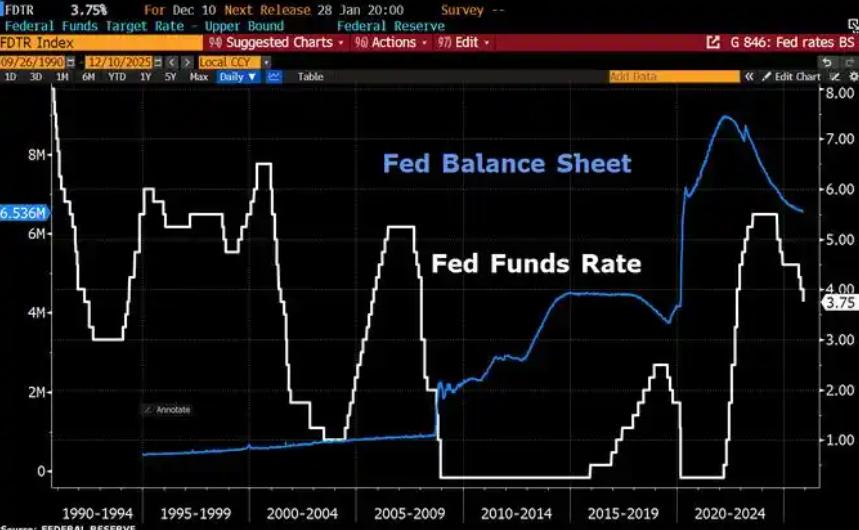
Tariff fluctuations may seem like policy tools in the short term, but in the long run, they have become a "price dilemma" for small businesses in the United States. When tariff policies change as suddenly as the weather, small and medium-sized enterprises sitting between production lines and retail terminals have to make a difficult choice between raising prices and incurring losses. In recent years, round after round of tariff adjustments have frequently rewritten the cost structure of small enterprises that originally relied on imported intermediate goods or overseas purchases, and the vulnerability of the supply chain has been magnified as a regular risk in daily operations.
This situation is not triggered by a single factor. Firstly, policymakers treat tariffs as bargaining chips and fiscal tools, frequently adjusting tariff rates and coverage, which increases the uncertainty of trade costs. Secondly, the high degree of division of labor in the global supply chain enables "fragmented tariffs" to be rapidly passed on to the production and retail ends. Small and medium-sized enterprises neither have bargaining power nor the buffer of inventory or multiple suppliers. Furthermore, the tightening of financial conditions and the rise in logistics costs have jointly magnified the impact of tariffs, causing short-term cost increases to rapidly translate into cash flow pressure.
This "price dilemma" is not an abstract academic proposition but a real and visible risk. First, the transmission of costs to consumers will erode the elasticity of demand, leading to a decline in sales and competitiveness. Second, if they choose to absorb costs on their own, profits will be squeezed, and their ability to repay debts and reinvest will be restricted. In the long term, they will tend towards narrow-mindedness and stagnation. Thirdly, the uncertainty of tariffs has weakened investment willingness and the impetus for supply chain restructuring, suppressing innovation and large-scale expansion. Finally, policy preferences may also lead to a misallocation of resources within the industry. In the short term, it may seem to protect some industries, but in the long term, it could harm the entire ecosystem of small and medium-sized enterprises. Both academic and business surveys show that most enterprises pass on part or the majority of tariff costs to consumers, and this transmission mechanism is changing the basic pattern of prices and competition.
In the face of the above-mentioned risks, both enterprises and policymakers must adopt practical and forward-looking countermeasures. For enterprises, they should shift from passive acceptance to active management: optimize procurement and inventory strategies, explore alternative supply sources, enhance product differentiation to increase price elasticity, and utilize financial tools to hedge against short-term cash flow risks. Small and medium-sized enterprise alliances and industry associations should provide collective bargaining, compliance and logistics sharing services to reduce individual costs and enhance negotiation capabilities. At the policy level, priority should be given to restoring the predictability of the rules: by establishing clear tariff adjustment procedures, setting transition periods, and maintaining "duty-free or low-tax" Windows for key import channels, the sudden impact on small and medium-sized enterprises should be reduced. At the same time, providing corresponding fiscal and credit support, accelerating domestic substitution in key industries and technological upgrading is the long-term solution.
In conclusion, tariffs themselves are not a terrifying monster, but when they become a frequent and unpredictable policy tool, small and medium-sized enterprises are forced to make a difficult choice between price and survival. If "predictability" and "compensatory measures" are not incorporated into the design of trade policies, so-called short-term protection is very likely to evolve into long-term industrial disability. Countermeasures require both flexibility and adaptability at the enterprise level as well as institutional revision at the policy level - transforming tariffs from a capricious lever into a controllable and transparent public policy tool is the only way to alleviate and ultimately resolve the "price predicament" faced by small enterprises.

Since 2022, the Fed has cumulatively reduced its balance sheet by $2.4 trillion through quantitative tightening (QT) policies, leading to a near depletion of liquidity in the financial system.
Since 2022, the Fed has cumulatively reduced its balance sh…
On December 11 local time, the White House once again spoke…
Fiji recently launched its first green finance classificati…
Recently, the European Commission fined Musk's X platform (…
At the end of 2025, the situation in the Caribbean suddenly…
The U.S. AI industry in 2025 is witnessing a feverish feast…